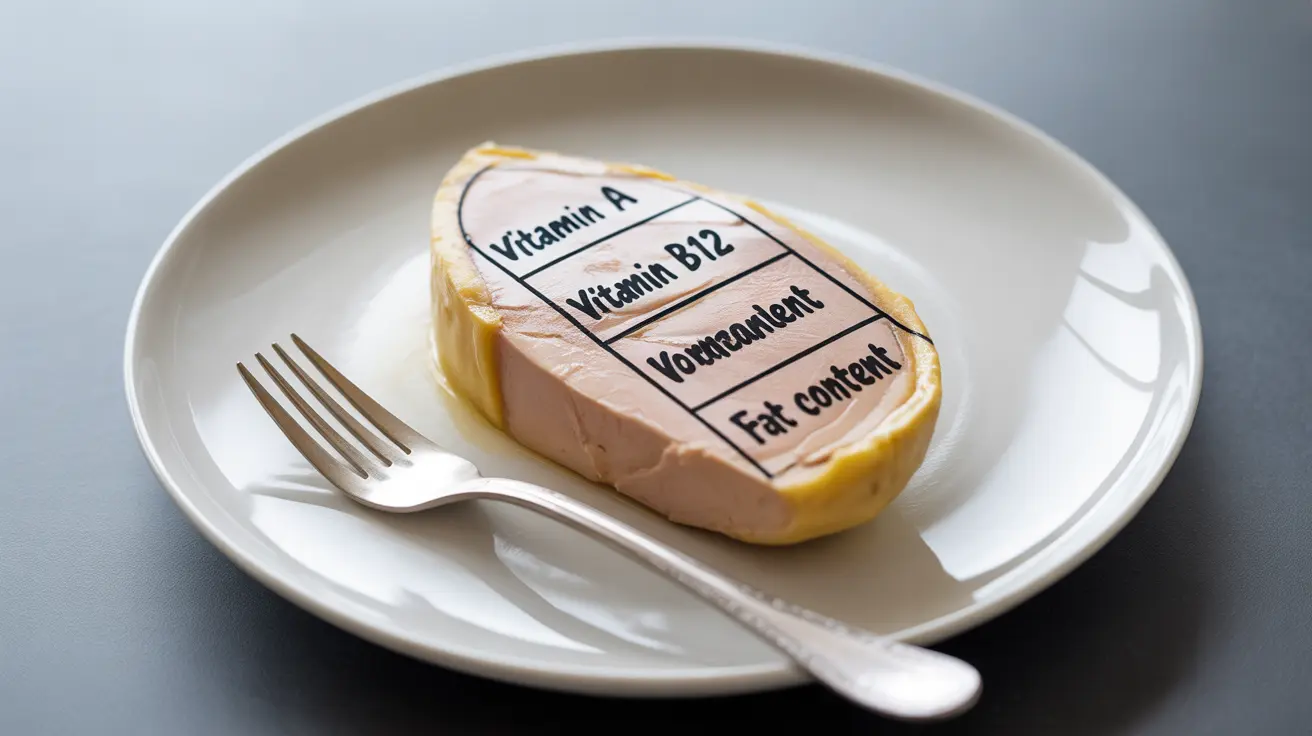For many individuals who menstruate, experiencing premenstrual symptoms is a common occurrence. However, understanding the distinction between Premenstrual Syndrome (PMS) and Premenstrual Dysphoric Disorder (PMDD) is crucial for proper diagnosis and treatment. While these conditions share some similarities, PMDD represents a more severe form of premenstrual symptoms that can significantly impact daily life.
Understanding PMS and PMDD: Core Differences
PMS and PMDD are both cyclical conditions that occur before menstruation, but they differ significantly in severity and impact. PMS typically causes mild to moderate physical and emotional symptoms that are manageable for most people. PMDD, however, is characterized by severe psychological symptoms that can severely disrupt daily functioning.
Physical Symptoms Comparison
While both conditions share some physical symptoms, their intensity and impact vary considerably:
- PMS Physical Symptoms:
- Mild bloating
- Breast tenderness
- Headaches
- Minor fatigue
- Mild cramping
- PMDD Physical Symptoms:
- Severe bloating
- Intense breast pain
- Debilitating headaches
- Extreme fatigue
- Significant pain
Psychological and Emotional Differences
The most notable differences between PMS and PMDD appear in psychological symptoms:
- PMS Emotional Symptoms:
- Mild mood swings
- Irritability
- Some anxiety
- Temporary sadness
- PMDD Emotional Symptoms:
- Severe depression
- Extreme anxiety
- Panic attacks
- Suicidal thoughts
- Intense anger
- Overwhelming feelings of hopelessness
Diagnosis and Assessment
Getting an accurate diagnosis is essential for proper treatment. PMDD diagnosis requires at least five significant symptoms present in the majority of menstrual cycles, with symptoms severely impacting daily life. These symptoms must be documented over at least two consecutive cycles to confirm the diagnosis.
Treatment Approaches
Medical Interventions
Treatment options vary based on the condition's severity:
- PMS Treatments:
- Over-the-counter pain relievers
- Hormonal birth control
- Mild diuretics for bloating
- PMDD Treatments:
- Selective serotonin reuptake inhibitors (SSRIs)
- Stronger hormonal treatments
- Anxiety medications when needed
- Specialized therapy approaches
Lifestyle Management Strategies
Both conditions can benefit from lifestyle modifications, though PMDD may require more comprehensive approaches:
- Regular exercise
- Stress reduction techniques
- Dietary modifications
- Adequate sleep
- Support group participation
- Regular counseling or therapy
Frequently Asked Questions
What are the main differences between PMDD and PMS symptoms?
PMDD is characterized by severe psychological symptoms like extreme depression, anxiety, and mood swings that significantly impact daily functioning, while PMS typically involves milder physical and emotional symptoms that are more manageable. PMDD symptoms are more intense and can include suicidal thoughts, whereas PMS symptoms rarely reach this level of severity.
How can I tell if my premenstrual symptoms are PMS or the more severe PMDD?
If your symptoms severely disrupt your daily life, relationships, and work performance, and include intense psychological symptoms like severe depression or anxiety, you may be experiencing PMDD. Track your symptoms for at least two months and consult a healthcare provider for an accurate diagnosis.
What treatment options are available for managing PMDD compared to PMS?
PMDD often requires more intensive treatment options, including SSRIs, specialized therapy, and possibly stronger hormonal treatments. PMS can usually be managed with over-the-counter medications, regular exercise, and lifestyle changes. Both conditions may benefit from hormonal birth control, but the specific type and dosage may differ.
Can lifestyle changes help reduce symptoms of both PMS and PMDD?
Yes, lifestyle changes can help both conditions. Regular exercise, stress management, proper nutrition, and adequate sleep can improve symptoms. However, PMDD usually requires additional medical intervention alongside lifestyle modifications for effective management.
How do PMDD symptoms affect daily life differently than PMS symptoms?
PMDD symptoms typically have a more severe impact on daily life, often affecting work performance, relationships, and overall quality of life. While PMS symptoms can be uncomfortable, they generally don't prevent normal daily activities. PMDD symptoms can be debilitating and may require time off work or significant adjustments to daily routines.




